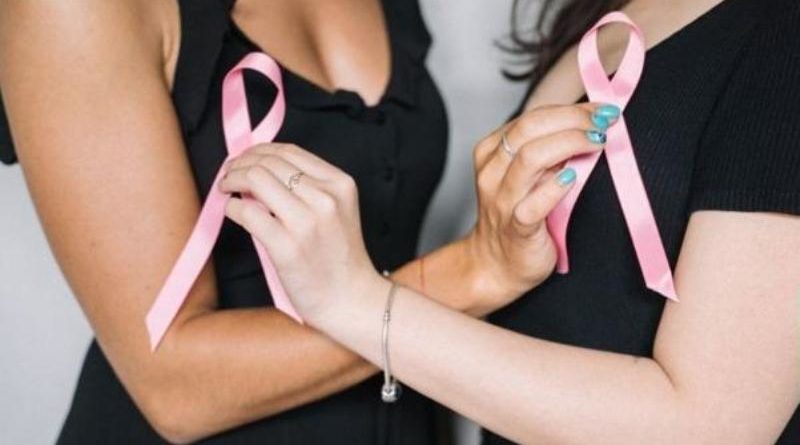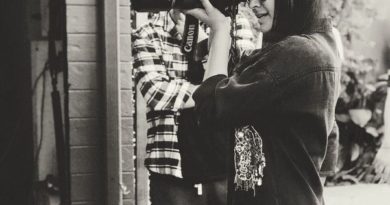Breast Self Examination – It Can Save Your Life
by Dr. Anuradha Panda, MBBS, M.D. (Obs & Gyn); DGO; FCPS(Mumbai); Consultant Gynaecologist and Obstetrician, Apollo Cradle & Children’s Hospital
Breast Cancer became the most common cancer in women in India. But it is also understood that the survivor rate in India is just 65% where in USA it is about 90%. This is because in India most of the cases are detected at advanced stages of disease. The reasons said to be the lack of awareness among Indian population about the disease and importance of early detection.
There are various screening tools that are recommended for early detection of breast cancer. They are…Breast Self Examination, Regular Mammography. These are very useful tools, especially when used in combination with mammography, and in some cases ultrasound and/or MRI.
First among them, the Breast self-examination is a convenient, no-cost tool that every woman can use on a regular basis and at any age. Hence on the occasion of Breast Cancer Awareness Month being observed during the month of October, Let us revisit this simple screening method.
Breast Self Examination
A breast self-exam is a check-up a woman does at home to detect any change in the look or feel of the breast tissue. If any change in breasts seems to be abnormal or if you notice any lump or one breast is different when compared with the other, immediately that can be bought to the notice of doctor thus enabling them to detect the disease early.
When to do a Breast Self Examination
Women after the age of 30 years must do it on a regular basis i.e. every month. Ideally it has to be done on a day that is after menses when the breast is lumpy.
How to do a breast self-exam: The five steps….
Step 1 (Standing In front of a Mirror): Begin by looking at your breasts in the mirror with your shoulders straight and your arms on your hips. Here’s what you should look for:
- Breasts that are their usual size, shape, and colour
- Breasts that are evenly shaped without visible distortion or swelling
- Dimpling, puckering, or bulging of the skin
- A nipple that has changed position or an inverted nipple (pushed inward
instead of sticking out)
- Redness, soreness, rash, or swelling
Step 2 (Standing in front of Mirror): Now, raise your arms and look for the same changes.
Step 3 (Standing in front of Mirror with same position as in Step 2): While you’re at the mirror, look for any signs of fluid coming out of one or both nipples (this could be a watery, milky, or yellow fluid or blood) by squeezing the nipples.
Step 4 (Repeat the same while Lying Down): Next, feel your breasts while lying down, using your right hand to feel your left breast and then your left hand to feel your right breast. Use a firm, smooth touch with the first few finger pads of your hand, keeping the fingers flat and together. Use a circular motion, about the size of a quarter.
Cover the entire breast from top to bottom, side to side — from your collarbone to the top of your abdomen, and from your armpit to your cleavage.
Follow a pattern to be sure that you cover the whole breast. You can begin at the nipple, moving in larger and larger circles until you reach the outer edge of the breast. You can also move your fingers up and down vertically in rows. Use different pressure levels to examine. Use light pressure to feel tissue close to skin, use medium pressure for tissue in the middle of your breasts; use firm pressure for the deep tissue in the back. When you’ve reached the deep tissue, you should be able to feel down to your ribcage.
Step 5 (Cross Check once again by standing and Sitting): Finally, feel your breasts while you are standing or sitting. Many women find that the easiest way to feel their breasts is when their skin is wet and slippery, so they like to do this step in the shower. Cover your entire breast, using the same hand movements described in step 4.
When to contact your doctor
Many women find lumps or changes in their breasts then they have to consult the doctor. But some of these are normal changes that occur at various points in the menstrual cycle due to hormonal changes. Most breast lumps are benign like cysts and fibro-adenoma. So do not panic.
But Consult your doctor, when you notice the following….
- Changes in the way your breasts look or feel, including thickening or prominent fullness that is different from the surrounding tissue
- Dimples, puckers, bulges or ridges on the skin of your breast
- A recent change in a nipple to become pushed in (inverted) instead of sticking out
- Redness, warmth, swelling or pain
- Itching, scales, sores or rashes
- Bloody nipple discharge
Your doctor may recommend additional tests and procedures after a clinical examination. An Ultra Sound Guided Breast or a mammography may be necessary to reach a proper conclusion. A breast self exam is not a substitute for a clinical examination by a doctor or a screening mammogram but it increases the chances of detecting the disease at an earlier stage and save lives.
Hence, it is imperative for women to have knowledge about Self Breast Examination but also for men to have proper awareness thus enabling them to work with their family members, who are normally shy in revealing such issues.




